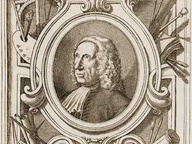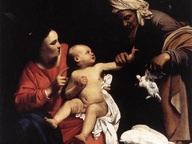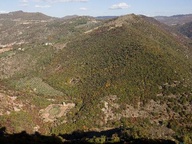Federico Patellani. Profession fotoreporter
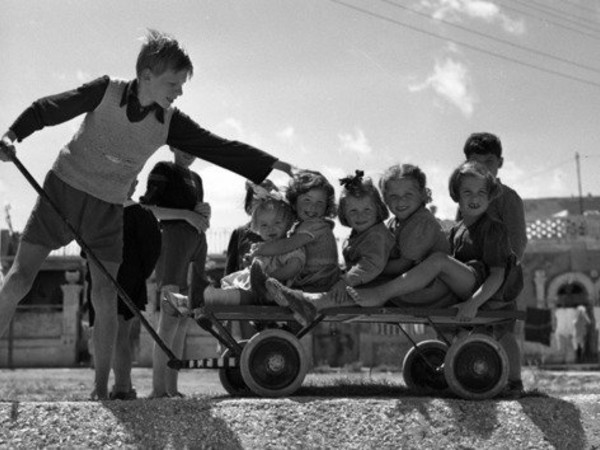
From 23 Aprile 2015 to 13 Settembre 2015
Turin
Place: Palazzo Madama
Address: piazza Castello
Times: Tuesday to Saturday 9 a.m. - 6 p.m. Sunday 9 a.m. - 7 p.m
Responsibles: Kitti Bolognesi, Giovanna Calvenzi
Organizers:
- Fondazione Torino Musei
- Città di Torino
- ExpoTo 2015
- Regione Lombardia
Ticket price: full € 10, reduced € 8
Telefono per informazioni: +39 011 4433501
E-Mail info: palazzomadama@fondazionetorinomusei.it
Official site: http://www.palazzomadamatorino.it
Palazzo Madama celebrates the work of the photographer Federico Patellani (Monza 1911 - Milan 1977).
Federico Patellani was the first Italian photojournalist and one of the most important Italian photographers of the twentieth century, whose production - made almost entirely for newspapers - is now preserved at the Museum of Contemporary Photography in Milan-Cinisello Balsamo (for storage of the Region Lombardia). From this rich material were selected about 90 photographs in black and white, identifying the images that best represent the milestones in the career of Patellani since the Second World War to the mid-sixties, when the photographer devoted himself mainly to travel photography .
Federico Patellani tells Italy that tries to forget the recent past and find their roots, to build a sense of belonging and an ability to participate in civic life in a country that is changing the skin, as a peasant is becoming industrial.
The exhibition is divided into five sections which represent the most important themes of his work: the destruction of the Italian cities at the end of the Second World War, the reconstruction and economic recovery, the south of Italy and Sardinia, the birth of the competitions Beauty and the resumption of Italian cinema, portraits of artists and intellectuals.
Approaches to photography after graduating in Law, during his military service in Africa in 1935, when documented with a Leica operations of the Italian Army Corps of Engineers. In 1939 he collaborated with the "Time" by Alberto Mondadori, weekly that drew on the experience of "Life", adapting to the Italian, who then was a meeting place for writers and intellectuals such as Carlo Emilio Gadda and Eugenio Montale.
Sensitive and cultured narrator, Patellani has witnessed all the events that mark the post-war Italian society: the referendum monarchy-republic occupation of land in southern Italy, from work in the countryside and in the factories to the birth of beauty contests, from the world of cinema to the art and culture, to fashion photography. In 1946 on a trip in the south - that repeat for several years - with the architects Lina Bo and Giuseppe Pagani, to the "serious ruins caused by despair and slow German ally in the final phase of the battle for the liberation of Rome", as wrote in 1977. It realizes important reportage in various parts of Italy, including Puglia and Sardinia, home to the famous work on the miners of Carbonia, realized in 1950.
In addition to the news, with equal curiosity is dedicated to the costume, celebrated his photographs on newborns beauty contests, shortcut of emancipation and hope for many young women who wanted to leave behind the misery of war. Raised in the school of cinema (already in 1941 had worked with Mario Soldati for the film Piccolo Mondo Antico), Patellani is a friend of Carlo Ponti, Mario Soldati, Dino De Laurentiis, Alberto Lattuada and with them establish a professional association that makes it a privileged witness on the set of many films shot in Italy. Portrays so all important actors and directors, from Toto to Sofia Loren, from Ingrid Bergman to Gina Lollobrigida, Silvana Mangano in Elsa Martinelli, Anna Magnani to Giulietta Masina, Fellini and Visconti, De Sica. In parallel he attended artists and writers, salons and worldly studies of painters (Thomas Mann, Carlo Carra, Giuseppe Ungaretti, Elio Vittorini, Soffici, Filippo de Pisis). His photographs are still incredibly topical because devoid of rhetoric; as is evident in his work is at the heart only the ability to document reality so sincere.
His work retains an incredible look current and testifies, in retrospect, the efforts made by Italians for the construction of a common identity, made of many twists, of cultural nuances and customs.
Federico Patellani was the first Italian photojournalist and one of the most important Italian photographers of the twentieth century, whose production - made almost entirely for newspapers - is now preserved at the Museum of Contemporary Photography in Milan-Cinisello Balsamo (for storage of the Region Lombardia). From this rich material were selected about 90 photographs in black and white, identifying the images that best represent the milestones in the career of Patellani since the Second World War to the mid-sixties, when the photographer devoted himself mainly to travel photography .
Federico Patellani tells Italy that tries to forget the recent past and find their roots, to build a sense of belonging and an ability to participate in civic life in a country that is changing the skin, as a peasant is becoming industrial.
The exhibition is divided into five sections which represent the most important themes of his work: the destruction of the Italian cities at the end of the Second World War, the reconstruction and economic recovery, the south of Italy and Sardinia, the birth of the competitions Beauty and the resumption of Italian cinema, portraits of artists and intellectuals.
Approaches to photography after graduating in Law, during his military service in Africa in 1935, when documented with a Leica operations of the Italian Army Corps of Engineers. In 1939 he collaborated with the "Time" by Alberto Mondadori, weekly that drew on the experience of "Life", adapting to the Italian, who then was a meeting place for writers and intellectuals such as Carlo Emilio Gadda and Eugenio Montale.
Sensitive and cultured narrator, Patellani has witnessed all the events that mark the post-war Italian society: the referendum monarchy-republic occupation of land in southern Italy, from work in the countryside and in the factories to the birth of beauty contests, from the world of cinema to the art and culture, to fashion photography. In 1946 on a trip in the south - that repeat for several years - with the architects Lina Bo and Giuseppe Pagani, to the "serious ruins caused by despair and slow German ally in the final phase of the battle for the liberation of Rome", as wrote in 1977. It realizes important reportage in various parts of Italy, including Puglia and Sardinia, home to the famous work on the miners of Carbonia, realized in 1950.
In addition to the news, with equal curiosity is dedicated to the costume, celebrated his photographs on newborns beauty contests, shortcut of emancipation and hope for many young women who wanted to leave behind the misery of war. Raised in the school of cinema (already in 1941 had worked with Mario Soldati for the film Piccolo Mondo Antico), Patellani is a friend of Carlo Ponti, Mario Soldati, Dino De Laurentiis, Alberto Lattuada and with them establish a professional association that makes it a privileged witness on the set of many films shot in Italy. Portrays so all important actors and directors, from Toto to Sofia Loren, from Ingrid Bergman to Gina Lollobrigida, Silvana Mangano in Elsa Martinelli, Anna Magnani to Giulietta Masina, Fellini and Visconti, De Sica. In parallel he attended artists and writers, salons and worldly studies of painters (Thomas Mann, Carlo Carra, Giuseppe Ungaretti, Elio Vittorini, Soffici, Filippo de Pisis). His photographs are still incredibly topical because devoid of rhetoric; as is evident in his work is at the heart only the ability to document reality so sincere.
His work retains an incredible look current and testifies, in retrospect, the efforts made by Italians for the construction of a common identity, made of many twists, of cultural nuances and customs.
SCARICA IL COMUNICATO IN PDF
COMMENTI

-
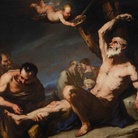 Dal 23 aprile 2024 al 01 settembre 2024
Bergamo | Accademia Carrara
Dal 23 aprile 2024 al 01 settembre 2024
Bergamo | Accademia Carrara
-
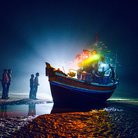 Dal 26 aprile 2024 al 09 giugno 2024
Reggio nell'Emilia | Sedi varie
Dal 26 aprile 2024 al 09 giugno 2024
Reggio nell'Emilia | Sedi varie
-
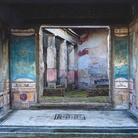 Dal 23 aprile 2024 al 16 giugno 2024
Roma | Castel Sant’Angelo
Dal 23 aprile 2024 al 16 giugno 2024
Roma | Castel Sant’Angelo
-
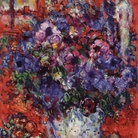 Dal 20 aprile 2024 al 27 ottobre 2024
Conversano | Castello Conti Acquaviva D'Aragona
Dal 20 aprile 2024 al 27 ottobre 2024
Conversano | Castello Conti Acquaviva D'Aragona
-
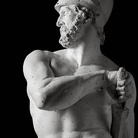 Dal 20 aprile 2024 al 29 settembre 2024
Possagno | Museo Gypsotheca Antonio Canova
Dal 20 aprile 2024 al 29 settembre 2024
Possagno | Museo Gypsotheca Antonio Canova
-
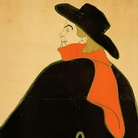 Dal 20 aprile 2024 al 21 luglio 2024
Torino | Mastio della Cittadella
Dal 20 aprile 2024 al 21 luglio 2024
Torino | Mastio della Cittadella

